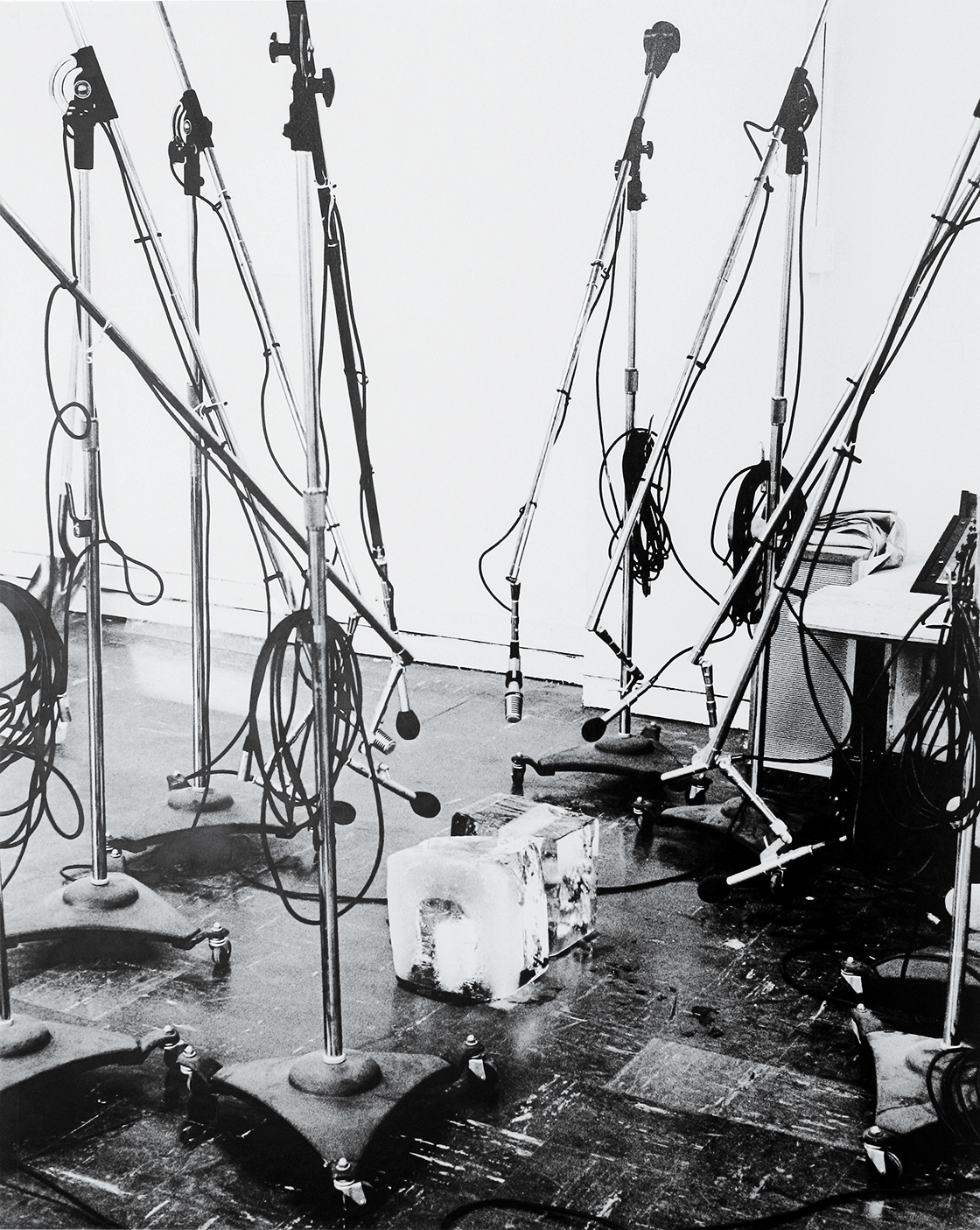The pledges from countries around the world on how they intend to cut emissions of carbon dioxide and other greenhouse gases make for remarkable reading. It’s true that even if they are fully implemented, these pledges—submitted as the nations prepared for the Paris climate conference beginning in late November—will fall dangerously short of keeping the average global rise in temperature below 2 °C. Still, they signal an international consensus about the dangers of climate change, and they communicate a sense of how urgent it is to transform our energy infrastructure.
Many of the nations’ plans contain poignant descriptions of damage that is already happening. Says the document from Bangladesh: “Extreme temperatures, erratic rainfall, floods, drought, tropical cyclones, rising sea levels, tidal surges, salinity intrusion and ocean acidification are causing serious negative impacts on the lives and livelihoods of millions of people in Bangladesh, and are gradually offsetting the remarkable socio-economic development gained over the past 30 years, as well as jeopardising future economic growth.”
These fears are supported by research into the social and economic effects of climate change. But we know what needs to be done. It is essential that a price be put on carbon emissions to account for the real cost of burning fossil fuels. And we need to increase our funding both for research into new energy sources and for widespread deployment of promising technology. Meanwhile, improvements in agriculture, such as drought-resistant crops, and in other areas of technology can help us adapt to climate change.
Don’t settle for half the story.
Get paywall-free access to technology news for the here and now.
